
For spiritual masters like Sts. Teresa of Avila and John of the Cross, vocal and mental prayer are the first two “stages” of prayer. Vocal prayer is what people often think of when the subject of prayer is mentioned. It is where people begin to learn how to pray. This is the first kind of prayer we are taught, usually as children. We are taught prayers and learn them off by heart – the Lord’s Prayer, Hail Mary, Doxology, Rosary, etc.
We are body-soul composites, psycho-somatic unities, and therefore our bodies – including our voices – must be involved in prayer. So, besides using words, we make the sign of the Cross, kneel, stand, raise our hands, etc. No one should ever abandon vocal prayer altogether. Even the greatest mystics said vocal prayers to their dying day.
we are taught how to say prayers, but not how to pray
Of course, anyone can say prayers outwardly, but that does not mean that they are actually praying. Unfortunately, this is what can happen when we are children, and continue into adulthood – we are taught how to say prayers, but not how to pray. For vocal prayer to be truly prayer, two things are necessary – attention and devotion. We must be aware of what we are saying, and we should be saying it with love.

Jesus cautions us against vocal prayer that is said without attention and devotion when he warns, “do not heap up empty phrases as the Gentiles do; for they think that they will be heard for their many words” (Matthew 6:7).
But Christian meditation is a dialogue with God
Unfortunately, many Catholics never move beyond vocal prayer to mental prayer. Yet mental prayer, also called meditation, is essential if we are to grow in our relationship with God. When people hear the word “meditation” they may often think of an activity which is actually “Eastern” – that is, Hindu or Buddhist. This kind of meditation is not normally thought of or practiced as a “dialogue”. But Christian meditation is a dialogue with God. So, I prefer to refer to it as mental prayer, rather than meditation.

It is because it is a dialogue that mental prayer is essential for growing in one’s relationship with God. On its own, vocal prayer is a “monologue”. We are speaking to God, but there is little opportunity for God to speak to us.

In her autobiography, Teresa of Avila stresses the essential nature of mental prayer. She discovered this the hard way through giving into a temptation to abandon it.
“In this the devil turned his batteries against me, and I suffered so much because I thought it showed but little humility if I persevered in prayer when I was so wicked, that, as I have already said, I gave it up for a year and a half. . . .This could not have been, neither was it, anything else but to throw myself down into hell; there was no need of any devils to drag me thither. O my God, was there ever blindness so great as this? How well Satan prepares his measures for his purpose when he pursues us in this way! The traitor knows that he has already lost that soul which perseveres in prayer, and that every fall which he can bring about helps it, by the goodness of God, to make greater progress in His service. Satan has some interest in this.”
The key point for us that Teresa makes is that, if we persevere in mental prayer, we will be saved. The same cannot be said of engaging in vocal prayer exclusively because, as I have said, it is a monologue rather than a dialogue, and without a dialogue with God, especially without listening to God, one cannot have a personal relationship with God, a friendship with God.
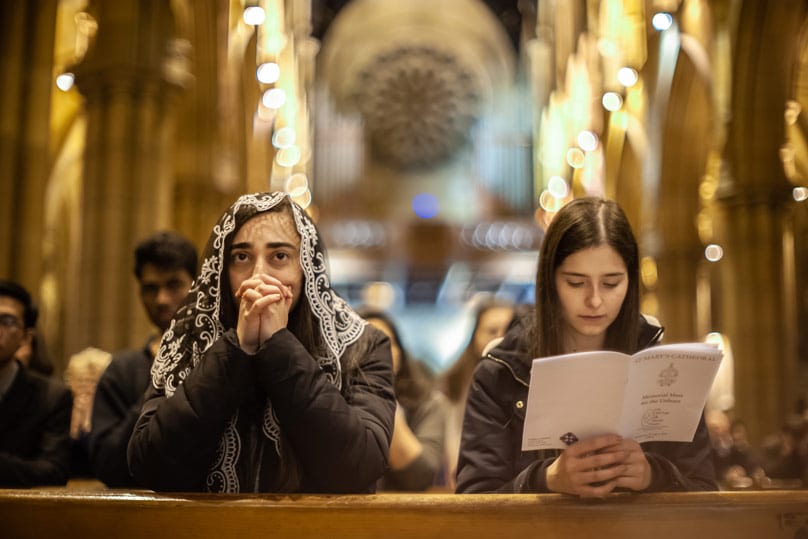
So, what is the essence of mental prayer? An easy way to understand it is to read what the Catechism of the Catholic Church says about it.
“Meditation is above all a quest. The mind seeks to understand the why and how of the Christian life, in order to adhere and respond to what the Lord is asking. The required attentiveness is difficult to sustain. We are usually helped by books, and Christians do not want for them: the Sacred Scriptures, particularly the Gospels, holy icons, liturgical texts of the day or season, writings of the spiritual fathers, works of spirituality, the great book of creation, and that of history the page on which the ‘today’ of God is written.” (CCC 2705) [In fact, St. Teresa of Avila said that she could not practice mental prayer without a book. She needed something to stimulate her mind.]
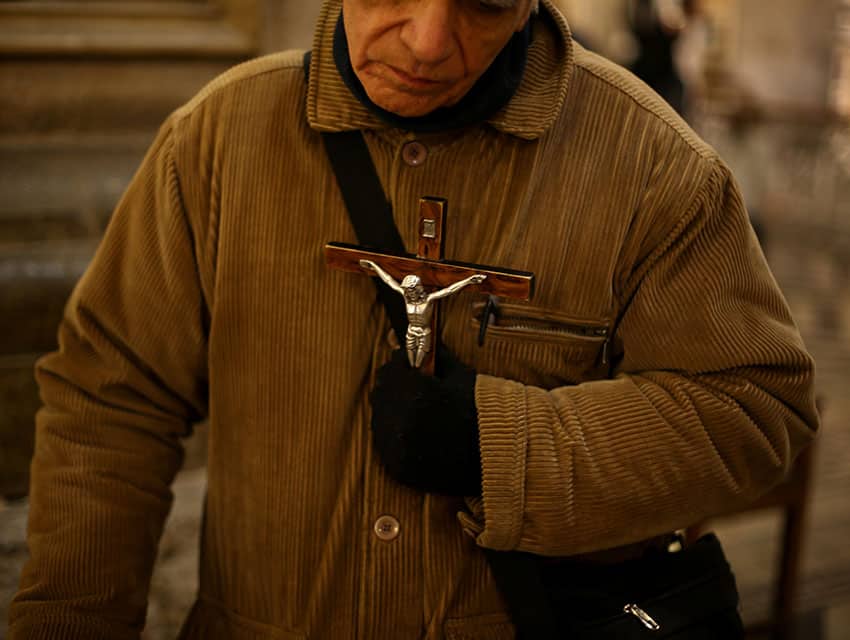
“To meditate on what we read helps us to make it our own by confronting it with ourselves. Here, another book is opened: the book of life. We pass from thoughts to reality. To the extent that we are humble and faithful, we discover in meditation the movements that stir the heart and we are able to discern them. It is a question of acting truthfully in order to come into the light: ‘Lord, what do you want me to do?’” (CCC 2706)
“There are as many and varied methods of meditation as there are spiritual masters. Christians owe it to themselves to develop the desire to meditate regularly, lest they come to resemble the three first kinds of soil in the parable of the sower (Mk 4:4-7, 15-19). [The devil snatches the word from the heart, or the word does not take deep root in the heart and the person falls away, or the word is choked by the worries and pleasures of life and the person produces no fruit.] But a method is only a guide; the important thing is to advance, with the Holy Spirit, along the one way of prayer: Christ Jesus.” (CCC 2707)

“Meditation engages thought, imagination, emotion, and desire. This mobilization of faculties is necessary in order to deepen our convictions of faith, prompt the conversion of our heart, and strengthen our will to follow Christ. Christian prayer tries above all to meditate on the mysteries of Christ, as in lectio divina or the rosary. This form of prayerful reflection is of great value, but Christian prayer should go further: to the knowledge of the love of the Lord Jesus, to union with him.” [Here the Catechism is referring to mystical prayer.] (CCC 2708)
As a practical example of mental prayer, I will present some instruction about lectio divina (sacred reading). In a document called Verbum Domini (the Word of the Lord), Pope Benedict XVI gave a clear and succinct explanation of this form of prayer.
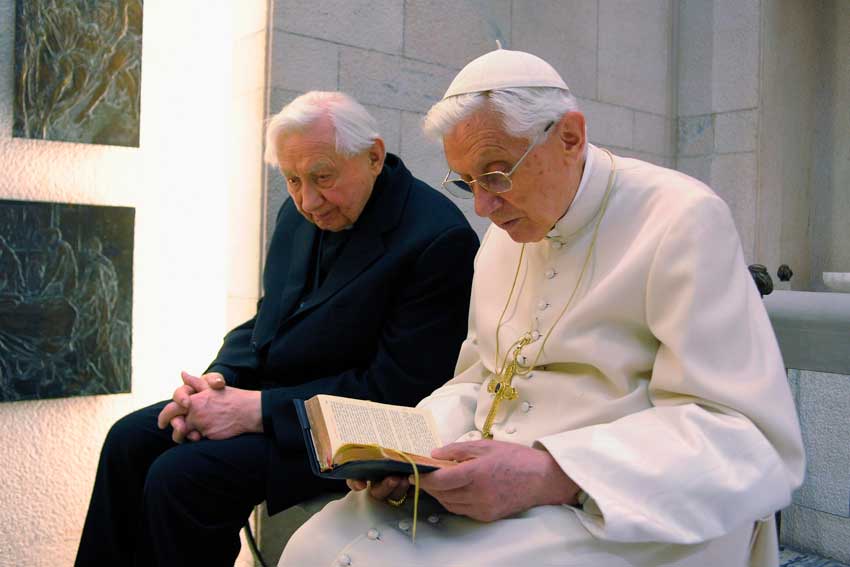
According to him, lectio divina, is “truly capable of opening up to the faithful the treasures of God’s word, but also of bringing about an encounter with Christ, the living word of God. I would like here to review the basic steps of this procedure. It opens with the reading (lectio) of a text, which leads to a desire to understand its true content: what does the biblical text say in itself? Without this, there is always a risk that the text will become a pretext for never moving beyond our own ideas.”
“Next comes meditation (meditatio), which asks: what does the biblical text say to us? [This is also called rumination (ruminatio), a Latin word that indicates a cow chewing its cud. One repeats the words of Sacred Scripture over and over again, so that they sink into one’s mind and heart.] Here, each person, individually but also as a member of the community, must let himself or herself be moved and challenged.”

“Following this comes prayer (oratio), which asks the question: what do we say to the Lord in response to his word? Prayer, as petition, intercession, thanksgiving and praise, is the primary way by which the word transforms us.”
“Finally, lectio divina concludes with contemplation (contemplatio), during which we take up, as a gift from God, his own way of seeing and judging reality, and ask ourselves what conversion of mind, heart and life is the Lord asking of us?”
“In the Letter to the Romans, Saint Paul tells us: “Do not be conformed to this world, but be transformed by the renewal of your mind, that you may prove what is the will of God, what is good and acceptable and perfect” (12:2). Contemplation aims at creating within us a truly wise and discerning vision of reality, as God sees it, and at forming within us “the mind of Christ” (1 Cor 2:16).”
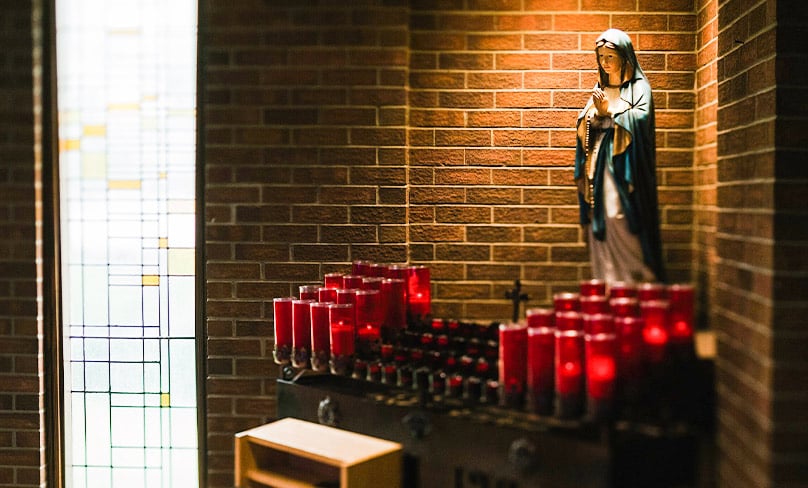
“The word of God appears here as a criterion for discernment: it is “living and active, sharper than any two-edged sword, piercing to the division of soul and spirit, of joints and marrow, and discerning the thoughts and intentions of the heart” (Heb 4:12). We do well also to remember that the process of lectio divina is not concluded until it arrives at action (actio), which moves the believer to make his or her life a gift for others in charity.”
Elsewhere, Benedict writes, “I would like in particular to recall and recommend the ancient tradition of lectio divina: the diligent reading of Sacred Scripture accompanied by prayer brings about that intimate dialogue in which the person reading hears God who is speaking, and in praying, responds to him with trusting openness of heart (cf. Dei Verbum, n. 25). If it is effectively promoted, this practice will bring to the Church – I am convinced of it – a new spiritual springtime.” From reading the writings of Joseph Ratzinger/Pope Benedict XVI, I am convinced that he has been a devoted practitioner of lectio divina, and that this has been one of the foundations of his theology and ministry.
We must practice it every day
Finally, I would like to say something about the practicalities of prayer, including mental prayer. We must practice it every day. It must not be something that we do “when we find the time,” or have finished other tasks. We should think of it as a daily appointment that we have with God. Preferably it should be at the same time each day and, if possible, early in the day. This will help stop other things from interfering with it.

If you are beginning, take baby steps. Start with a short time, with the view to lengthening it. Think of prayer as you would think of exercise – a little each day is better than a lot occasionally. It is better to pray for a short time each day than for a long time occasionally. If you are new to praying, I would suggest starting with about twenty minutes, but aim to increase this time. St. Francis de Sales recommends that lay people not have a prayer time that lasts for more than an hour. This is because of the duties of lay people. You should aim for about one hour eventually. Yes, you read me correctly. If you baulk at this, just think how much time you spend on things of little or no consequence.
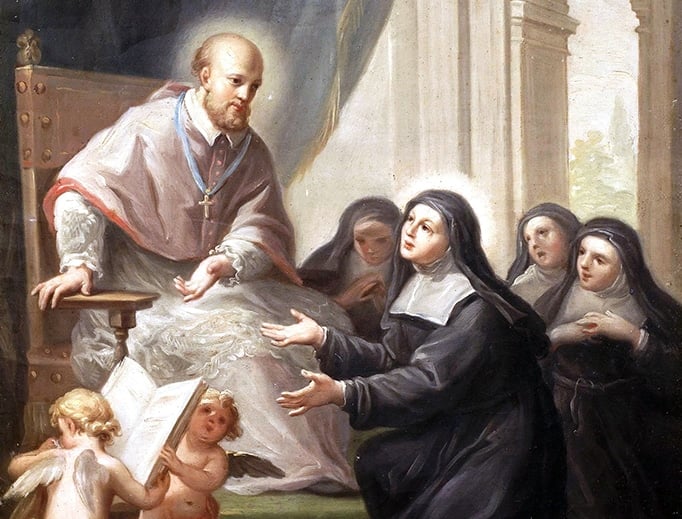
In the beginning, you may find it hard to persevere. You may miss days. But the important thing is not to give up. If possible, it is good to pray in the same place each day. It may be in a particular room at home, in a particular chair. It may be in a particular church or chapel. It is good, if possible, to have in your place of prayer something that physically helps you focus on God – an icon or a crucifix, for example. Finally, as has been said, think of your prayer time as an appointment with God. He is waiting for you to show up.
Peter McGregor is a lecturer in theology and spirituality at the Catholic Institute of Sydney. He is a member or the Emmanuel Community.
Related Stories:
